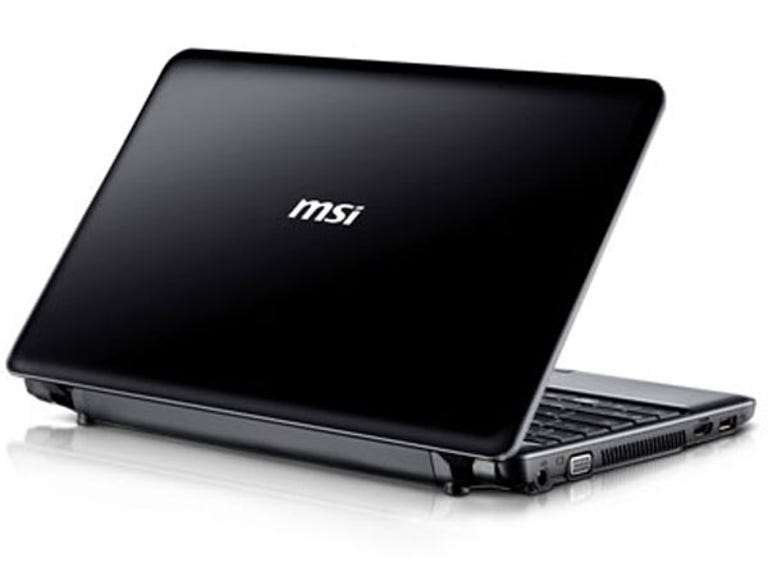 Why You Can Trust CNET
Why You Can Trust CNET MSI Wind12 U230 review: MSI Wind12 U230
The U230 offers more processing grunt than a comparable netbook, but fails in the crucial power stakes.
Design
The U230 doesn't break a whole lot of new ground for MSI in the design stakes. Closed, you could easily mistake it for any of the company's Wind-branded netbook lines, albeit a little larger due to its 12-inch display screen. Open it up and it's similarly bereft of any particular design notes, save for the keyboard. MSI refers to this in its marketing spiel as a "De-Stress" keyboard.
The Good
The Bad
The Bottom Line
Sadly, this doesn't mean that it'll do your spreadsheet work for you.
The stress in this case is to do with your carpal tunnels, and for all practical intents means that the individual keys are a little bit bigger. MSI claims they're 51 per cent bigger, and we presume they mean 51 per cent bigger than a netbook keyboard, although it's not clear. The one factor in the keyboard's design we didn't like that much is that the home, page up, page down and end keys flank the right side of the keyboard. This leads to a smaller enter key, and plenty of opportunities for hitting the wrong key intermittently.
Features
The U230 uses an AMD Neo X2 Dual-Core 1.6GHz processor, 2GB of RAM and an ATI Radeon HD3200 that uses shared system memory. Storage on our review unit came via an internal 320GB hard drive. Ports include gigabit Ethernet, VGA, HDMI, three USB 2.0 ports, a headphone jack and a card reader. On the software side, multi-format MSI provides Windows 7 Home Premium, providing a step up from the usual crippled Windows 7 Starter that infests many netbooks.
Performance
There's a line between netbooks and notebooks that's largely delineated by the internal components used. The U230 might look like MSI's other netbook offerings from the outside, but its benchmark scores reveal a more powerful interior, albeit only just. Its PCMark05 score of 2870 and 3DMark06 score of 1003 best any netbook we've seen, although it should be noted that many netbooks outright crash these particular benchmarks.
What we have seen in the netbook sphere is an increased focus on battery life, in accordance with their roles as portable computers, and the same should be true for ultraportables. This is the U230's biggest stumbling block, however. In our admittedly fierce battery test, which involves full screen, full brightness, looping video playback and with all battery-saving measures disabled, the U230 managed two hours and 27 minutes. You could expect more with a more cautious regime, but we've started to see cheaper netbooks easily eclipse those figures. Pricing here does somewhat redeem the U230, as it's a bit cheaper than comparable ultraportable notebooks. Still, if you're buying an ultraportable, it's reasonable to expect that you'd want a fair bit of portable life out of it. Based on our tests, you'd be better served elsewhere.
Conclusion
An AU$699 ultraportable a couple of years back would have seemed like a pipe dream. Then came a raft of netbooks, making the AU$699 system a reality, albeit with severe processing limitations. The U230 steps neatly over those limitations, but its mundane battery life takes away the very reason why you'd buy an ultraportable in the first place. What good will extra processing power do you when the battery dies?


